For as long as I could remember, I had always heard stories about Muktinath through my parents and grandparents-speaking during religious festivals or family conventions. They would attest to it as a place of the utmost calm and tranquility, implying that while truly worthy of the body, the place was also meant for the soul. Somehow, even as a child, the name “Muktinath” used to conjure lots of curiosity within me, as if somebody were calling me from far away. Years passed, and life gained intensity with responsibilities, yet that yearning for going to the divinely sacred place never faded away. At last, this year, I decided to give life to my long-held dream and planned the trip with my family. What I did not anticipate was that this trip would touch and deeply awaken me physically, emotionally, and spiritually. This is my Soulful Journey to Muktinath.
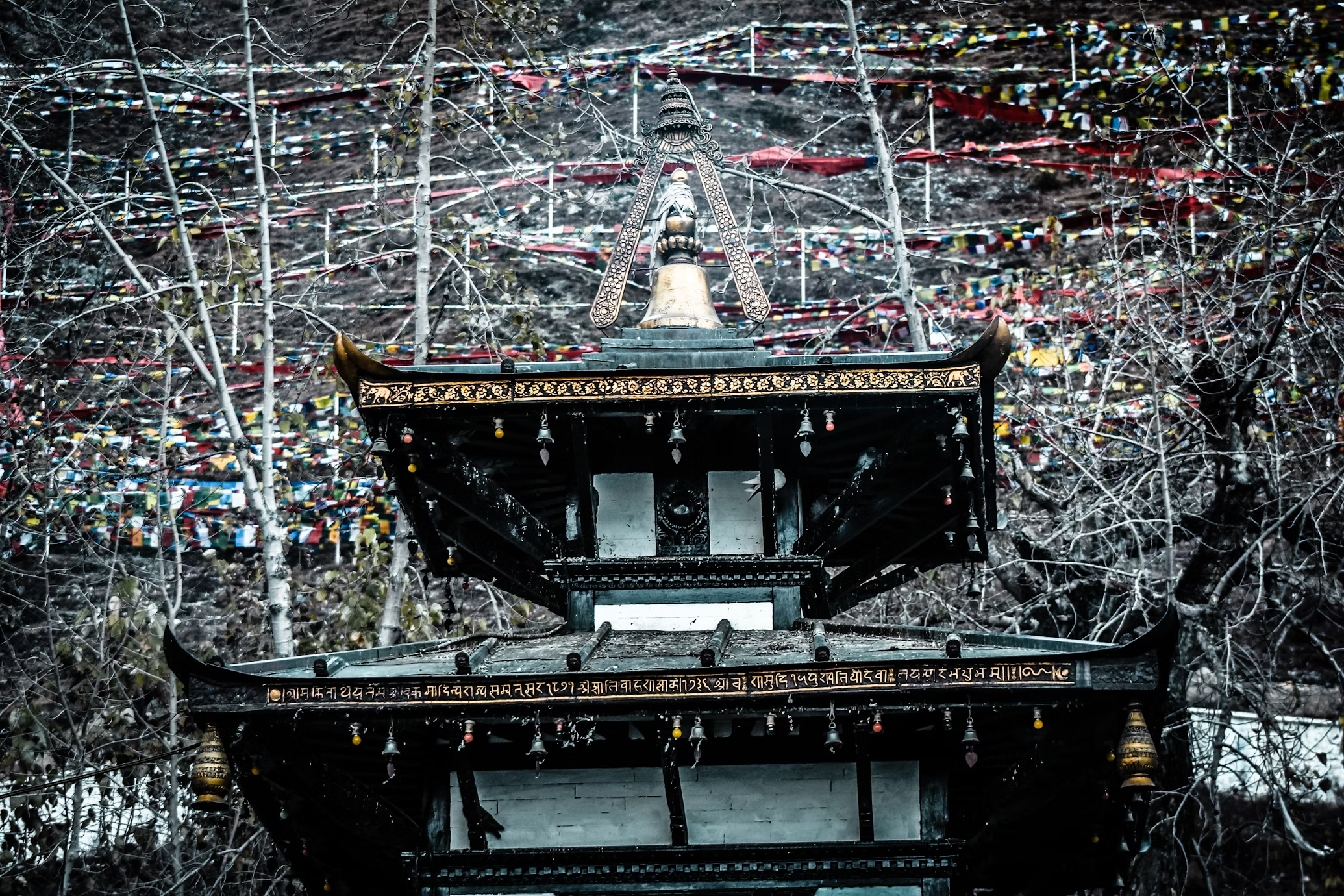
With this realization at the outset, it became clear to me that it was not going to be just another vacation. This was not a trip for a bit of sightseeing or a few hundred selfies down Muktinath street. This was a journey filled with intention. It was a path many have taken before in search of liberation and inner peace. I wanted to experience what they were feeling, stand where they stood, and listen to the silence all around me in these mountains. My wife and children were equally curious and excited about the trip, and we all had a sense that this experience would change something about us. Muktinath, full of ancient energy and natural beauty, seemed to invite me for such an experience. And looking back now, I can say-with absolute certainty-it was more than a journey; it was a metamorphosis.
History of Muktinath
Also known as Mukti Kshetra, Muktinath signifies a “place of liberation” in Sanskrit. It is a place for the sacred worship for Hindus and Buddhists. Hindus believe that it is the very place where Lord Vishnu appeared as Shaligram. A sacred stone-and thus, it is counted among the eight sacred places for Vaishnavites. For Buddhists, the temple is considered a place dedicated to the goddess Chumig Gyatsa among the 24 Tantric places of great power. The coexistence of these two faiths is a rare and beautiful unity. Legend has it that whoever visits Muktinath and takes a dip beneath the 108 fountains gets liberated from the cycle of rebirth.
The temple is at an altitude of about 3,800 meters in Mustang, Nepal. Considering its location amiss in the hills, thousands of pilgrims from all over Nepal, India, and the world find the time to visit annually. The temple itself is simple but houses an ancient energy that sets you into awe the moment you step inside. It is encircled by snow-clad peaks and barren landscapes, which somehow feel quite unnatural. An eternal flame burns along the temple, fed by some underground gas source—quite an interesting scientific fact and a mysterious spiritual phenomenon. This flame is meant to represent the element of fire, and upon seeing it running with water and air, it truly becomes an amalgamation of all five elements.
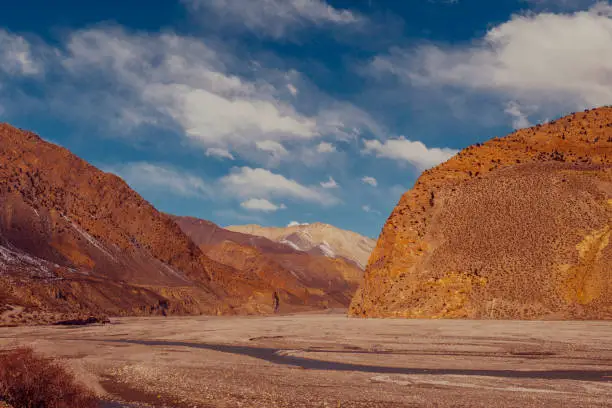
The Muktinath shrine and temple find references in very ancient texts such as the Vishnu Purana and the Mahabharata. Some say that the Pandavas may have visited this place during their last walk to the Himalayas. The Tibetan Buddhists consider it as one of the 51 sacred places named for the goddess Tara. With such importance to both Hinduism and Buddhism, it stands very unique. Muktinath is an institution for practicing meditation and worship as well as for enlightenment from time immemorial. Your history, stories, and atmosphere make it apparent – this is something more than an ordinary temple; it’s a passageway toward liberation.
Day-to-Day Experience
Our journey started with an early-morning flight from Kathmandu to Pokhara, the beautiful city surrounded by lakes and hills. Thus we rested for a day and prepared ourselves for the next leg of our trip. In the morning, a small plane arrived, and we boarded it heading toward Jomsom, itself exciting as the plane flew low amid tall mountains. Jomsom greeted us with powerful winds and a dry dramatic scenery that looked as though it had come straight out of a movie. From there, a rough jeep ride took us to Ranipauwa-well, technically the village closest to Muktinath. Dusty, bumpy roads were nothing compared to the spectacular views that our eyes feasted upon.
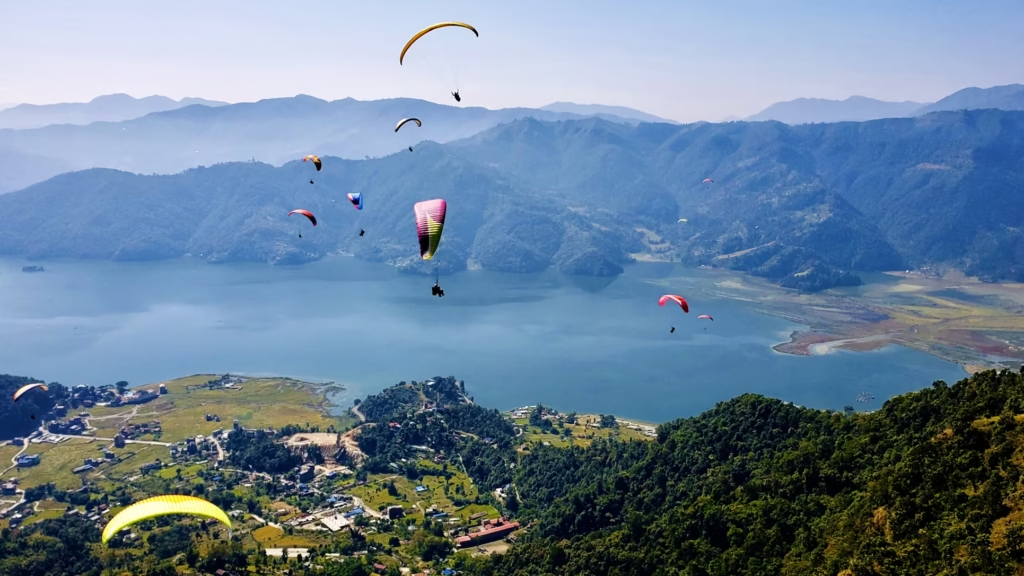
We stayed the night at a local guesthouse in Ranipauwa run by a gracious Nepalese family. They served a warm dal-bhat and some herbal tea. Once the sunset shook off the last vestiges of sunlight, the temperature plummeted with a vengeance. Pretty soon all of us wrapped thick blankets around ourselves, tuning in to the howl of the wind outside.
Muktinath Temple Visit
The next morning, early on, we set forth on the uphill trek to the temple. A walk that lasted for an hour and felt less like a hike and more like a spiritual procession. Along the way, we found fellow pilgrims of every age. Some quietly chanted, and some walked silently with folded hands. I felt a sense of reverence come over me at the temple gates. Perhaps it was just a building, but that feeling gave it an aura of sacred presence reaching out to welcome us there. We removed our shoes, walked up the steps, and stood in front of the main shrine, hearts full, eyes wide.
Inside the temple, the atmosphere was serene and extremely calming. We offered our prayers, lit a small lamp, and just took a moment to sit and absorb everything.Behind the temple, 108 cow-head spouts poured holy water nonstop. I braved the cold, stepping under each one, breath tight but spirit light. My children laughed and shivered beside me, while my wife stood smiling, capturing the moment with her heart and camera. That day, we were not merely tourists in the sacred site; we had become one with it.
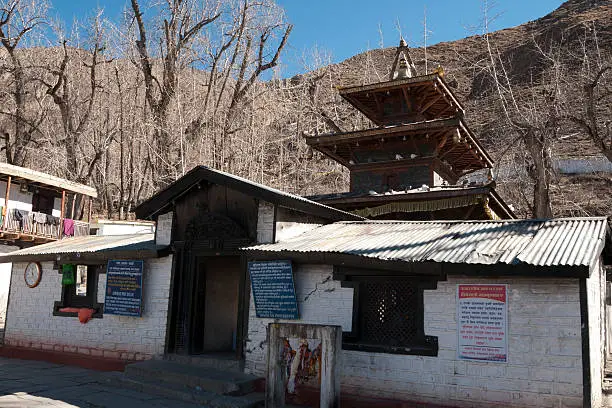
What I Saw and Felt
I first wondered about the 108 holy taps: free water flowing, out of cow-head-shaped meters said to be the spouts, lining the temple courtyard. While my spine tingled, I watched the devotees happily bathing in freezing water. I almost went in for a dip myself. The water was icy, yet I felt grateful as it gently washed away years of heavy tension.
Let me know if you’d like it to sound more poetic, descriptive, or casual! I remember just as I moved away from the temple, surprised to meet an eternal flame: a natural fire that has kept running through several centuries, behaving as if just next to a water stream. Buddhist prayer flags fluttered around the temple, bringing color to an otherwise silent landscape. Everything around me-the prayers, the snow-capped peaks, incense smoke-was making me feel as if I were standing between earth and heaven.
Praising the Natural Beauty
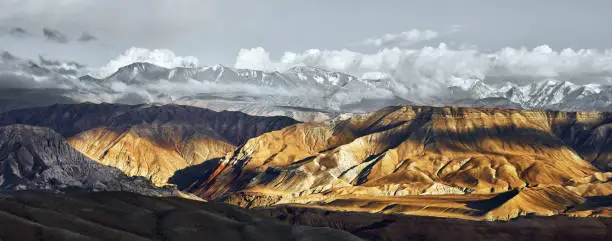
The beauty of Mustang is raw and untreated. The mountains here are not green but golden, brown, and grey—like they harbor ancient secrets in their layers. The Kali Gandaki River slices through the valley like a silver ribbon, and the winds go whistling through the rocks, up to God’s ears. The sky here is so wide and clear that one just feels so little in a great way. I remember standing on a ridge, watching the sun rise behind the mountains as its rays slowly glowed on the peaks one by one. That very moment made the entire journey worthwhile-Nature does not whisper here; she shouts into one’s soul.
Spiritual Gains
I gained much more from this trip than I ever considered. I didn’t just visit a temple; I touched something eternal. There was that lightness in my heart, like a heavy weight had lifted off it. Those mountain silences taught me more than any book ever could. I realized spirituality has nothing to do with rituals but rather with presence — being truly in the present here, with a thankful heart.
Tips for Traveling to Muktinath
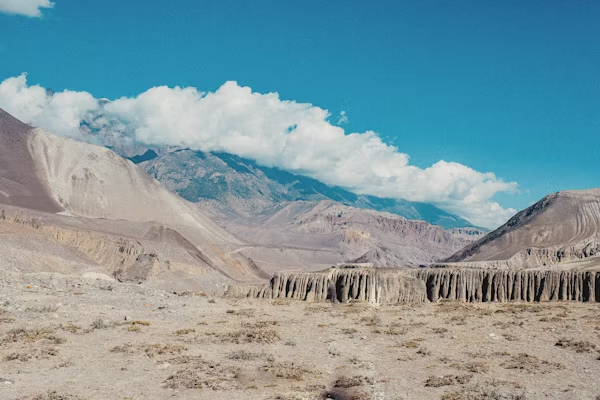
- Prepare for the altitude – It’s over 3,800 meters, so carry medicines for altitude sickness and take it slow.
- Travel light but warm – The weather can change quickly, so layers are your best friend.
- Carry cash – ATMs are unreliable in remote areas.
- Respect the traditions –People here follow both Hindu and Buddhist practices, so it’s important to be mindful and dress modestly
- Hire a local guide – It helps with language, history, and making the journey smoother.
- Travel between March–May or Sept–Nov – These are the best months for weather and clear views.
Conclusion
Visiting Muktinath was not a mere journey across Nepal; it was an inner spiritual journey. On this journey, with family around me, I embraced serenity, awe, and a deeper faith in the unseen. The trail was a full-on challenge with every part of it-worth. All you need is to travel far and go close-closely to yourself and closely to nature and the divine. I came back with a thankful heart and a lighter soul.If you ever feel lost in life, Nepal offers the peace and guidance to help you reconnect. I recommend heading out to Muktinath-not to lose the world but to finally embrace it.

